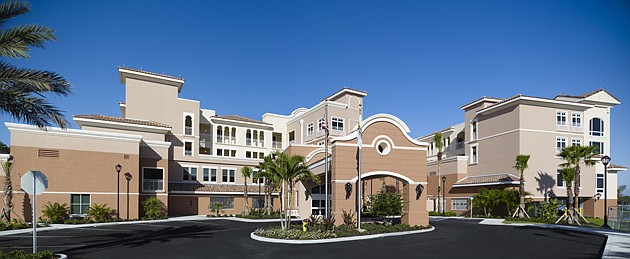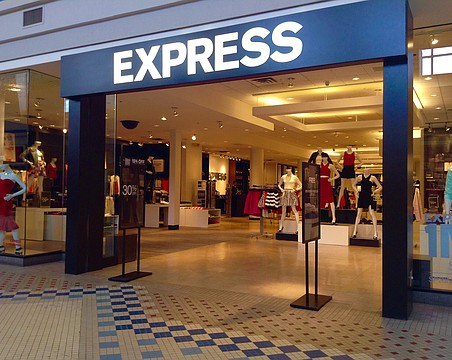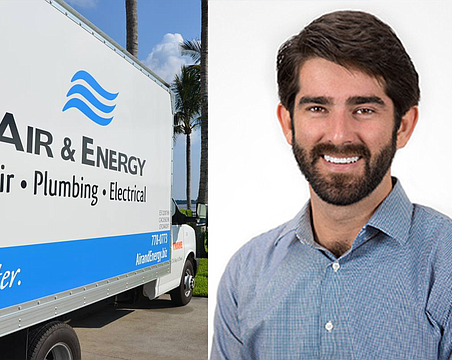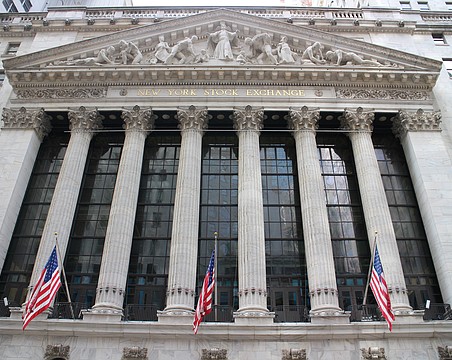It seems everyone has had to make changes to their business this year. It's why Bronson Alexander looks forward to the fish fry potluck held in his company's backyard each month.
The frying is overseen by Peanut Allen, a 44-year veteran of Hennessy Construction Services. Allen churns out piles of fresh-fried tilapia and hush puppies, while builders' wives slowly add on with covered dishes of their own as other families arrive.
The dinner event serves an important cause: it maintains the business's identity to its employees.
Says Alexander, Hennessy's chief executive officer: “It makes it feel like a construction company.”
That goal cannot be overlooked, as Hennessy, a mainstay of the Gulf Coast construction industry approaching its 90th anniversary, is being forced to change its business approach in the face of one of the most challenging construction markets the state has seen.
And much of that approach is to avoid the cutthroat bidding process and create long-term relationships that involve negotiated contracts.
It's a process that began when Alexander, and Vice President Alan Lukas, joined the company nearly two decades ago.
The process took a sharper focus in 2004, when Lukas and Alexander spent time developing a strategic policy. The idea, Lukas says, has been to “look beyond the day-to-day firefighting,” to build long-term alliances with clients, professionals and subcontractors that can pay off later.
Several different moving parts — a changing client base, an adjusted capital structure, even a new approach to the bidding process — have helped shape the new Hennessy.
The results have been positive, including this year. Alexander refers to these past 11 months as “a good, profitable year.” But it's been a lot of work getting to this point, and in many cases those aforementioned parts will continue to move going forward.
Follow the market
As bad as things are now, the market was worse from Alexander's perspective in 1988, when he left Peter R. Brown Construction, Inc. to work at Hennessy. “We didn't have much,” he says, “and we struggled then much more than we are now.”
When Alexander says “not much,” he means it. Hennessy had exactly one referral listed on their bids when they were looking for work in the early '90s.
Now, the company is tracking eight separate groups of companies in different industries. “We benefit from diversity,” says Lukas.
By expanding their client base, Hennessy is able to look beyond the projects listed for this week or this month, and think about which relationships will pay the most dividends over the next few years.
A perfect example of looking beyond the firefighting is when Lukas is able to ask, “Where is the market going?” rather than scramble over each day's work.
The former utility contractor has followed the present market to its two current focuses: the senior living market, and not-for-profit organizations.
A surplus of failed condominium development projects, combined with very low cost levels in the construction industry, have made senior living projects a profitable venture. On top of that, Alexander says many existing facilities are due for a makeover, anyway.
But while those characteristics make the projects sound like good short-term plays, Hennessy executives cite the long-term potential of the market in Florida, which most companies still consider a growth state.
The not-for-profit market also has its short and long-term benefits. The main immediate strength: cash flow reliability. Construction industry veterans know that, even if it takes a little while, government jobs always pay.
Furthermore, there's once again a long-term motivation behind developing relationships with non-profits. With those clients, a job well done often leads to repeat work.
That potential for multiple jobs coming from one relationship has become even more valuable in today's market.
A crowded field
There's an old tradition in the construction industry that many companies are now trying to avoid. It's called the hard bid, where competing firms offer their absolute lowest figure as a budget for project completion.
In so many areas of the economy, businesses are finding that competition is up sharply, because the amount of available work continues to shrink. For bidders, that can create a downright vicious environment.
That environment is motivating companies like Hennessy to focus on acquiring negotiated work. “Negotiated” doesn't mean “non-competitive,” Alexander states. Instead, it's a different approach to constructing a project budget.
On a hard bid, each aspect of the job goes to the lowest bidder. On a negotiated contract, once a project leader is selected, that company helps the client build a team to complete the project effectively. The company selected to lead on a negotiated contract offers better quality, efficiency and reliability over the hard bid process.
To attract those negotiated jobs, Alexander says Hennessy keys on the advantages of such a setup. For example, the contractor can identify product availability issues early on, as well as benefit from relationships with subcontractors.
Additionally, Hennessy works with non-profits to explain the exact details of a project's specific costs, opening their books to clients. They also allow non-profits to buy some materials directly from producers, avoiding markups.
All of this can create a relationship of trust — a value Hennessy includes in its company motto, “Building on a foundation of trust.”
The company is doing everything it can to develop that trust and avoid an extremely competitive bidding market. The focus on “mining” those existing relationships, Lukas says, has been conveyed to employees at every level — even among administrative and accounting staff.
The results of every employee's efforts to contribute are being tracked by specially designed software, and the results have been positive beyond expectation.
“We've been surprised,” Lukas says.
Financial housekeeping
Beyond altering its market approach, Hennessy executives have had to review their own financial model to stay successful. And just as they did with their forward-looking approach to establishing an updated client base, the company has addressed both short- and long-term goals with recent changes.
In one prescient move, Hennessy eliminated all long-term debt to become a 100% equity-financed company five years ago. When discussing that decision, Lukas' comments are decidedly understated. “That was good timing,” he allows.
The company has also made changes to reduce short-term cash flows, like eliminating the substantial carrying costs associated with some of their heavy equipment, and discontinuing jobs with lower profit margins.
Alexander regretfully concedes that personnel changes have also been necessary. While several companies may have benefitted from what some call “cutting fat,” he says the latest round of layoffs were incredibly difficult for him to sign off on.
“We have hung on to people longer than most business experts would recommend,” Alexander says.
While the latest cuts have been difficult, the remaining employees are all extremely talented, with an average tenure of more than 10 years and eight LEED certifications among them — which is a top green building designation that helps given the nation's green push.
That talent is clear in the work completed on one of Hennessy's latest projects, the Pinellas County emergency response building. It's a 90,000-square-foot building able to sustain three-second gusts of 190-mph winds, and it contains the food, water, and energy needed to function on its own for a full week.
It's a $30 million project — and it's exactly the type of work that Hennessy wants to do. According to Alexander, “It's [the company's] greatest job in 21 years.”
Unified strategy
Add it all up — the updated client base, the lean financial set-up, and the top-notch talent pool -— and Hennessy hopes to be well positioned for the future.
The next major milestones on Hennessy's calendar are of a celebratory nature. The occasion: the business's 90th anniversary. The company will host an event at the new Tampa Museum of Art in February to recognize the accomplishment.
And not too long after, there'll be another fish fry behind the company's St. Petersburg offices. Peanut Allen will be there, with plenty of tilapia and hush puppies for the whole crowd.
One might think it a bad time for a construction company to be having parties. But even after such a difficult year, the success of Hennessy's revised strategy has given them plenty to celebrate.
Plus, you only turn 90 once, right?
Alex Walsh covers the Tampa Bay region. He can be reached at [email protected].






